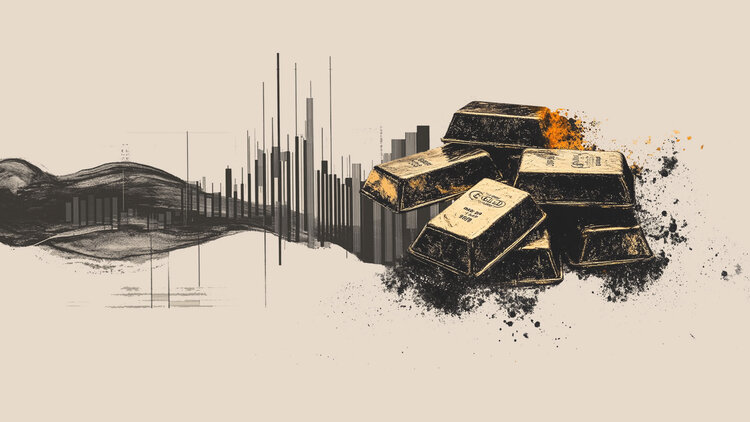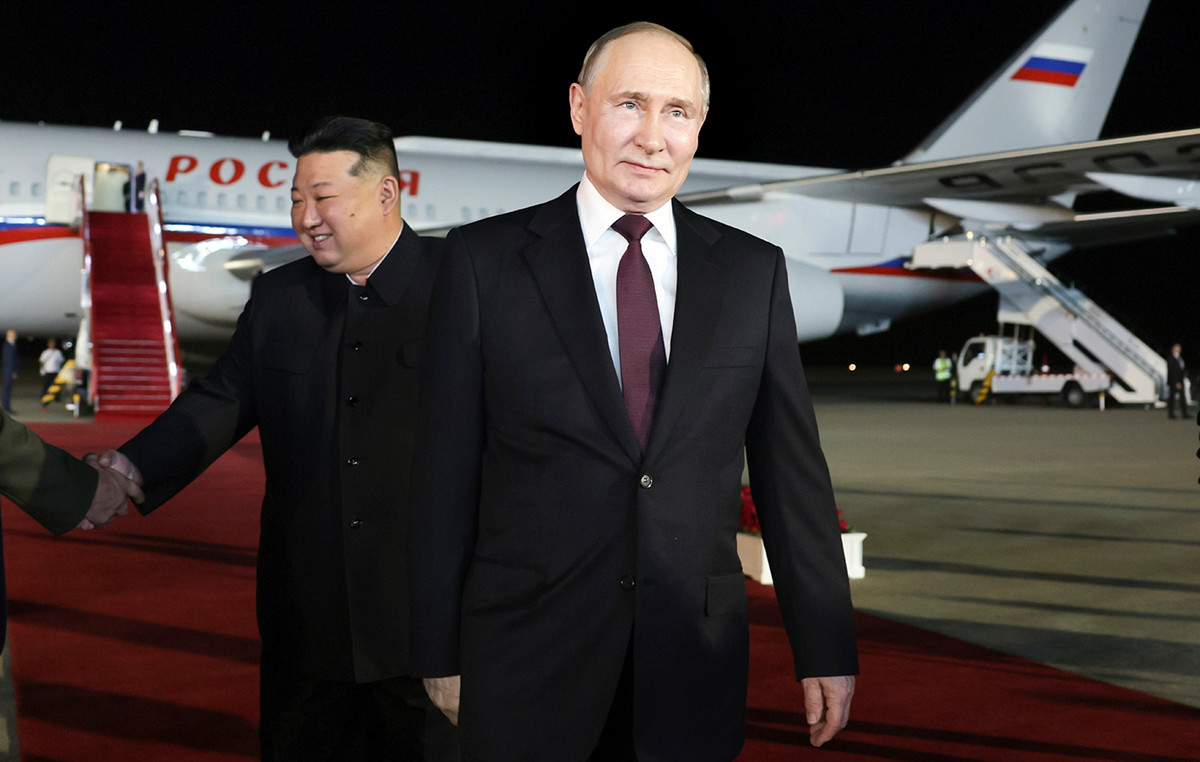- The Dow Jones loses 0.72% today, visiting minimums of June 13 in 42,121.
- The Nasdaq 100 falls 0.94% daily, dragged by adobe (adbe).
- The S&P 500 goes back 0.82% on the second day of the week, weighed by Enfase Energy (ENPH).
- Retail sales of the United States contracts at 0.9% in May, worsening market estimates.
- The president of the United States, Donald Trump meets with his security council to define the next actions in relation to the Iran-Israel conflict.
The Dow Jones marked a daily maximum in 42,528, where it attracted sellers that dragged the minimum of June 13 in 42,121.
The Dow Jones industrial average began operating at 42,354, while the Nasdaq 100 technological index began negotiations in 21,900. The S&P 500 opened in 6,016, reaching minimum of two days in 5,973.
Merck & Company and Nike drag Dow Jones to loss zone
The Dow Jones index slides 0.72% today, currently quoting in 42,207.
Merck & Company titles (MRK) record a 3.31%drop, reaching minimal not seen since June 5 at $ 78.19, signing its third consecutive day down.
In the same tune the shares of Nike (NKE) retreat 3.07% today, visiting minimums of June 2 at 59.68 $. In this scenario, Dow Jones loses 306 points, reaching minimum of June 13 in 42,121.
Adobe Inc. and T-Mobile lead the falls in Nasdaq 100
The Nasdaq 100 technological index loses 0.94% daily, operating when writing about 21,718.
The values of Adobe Inc. (ADBE) decoced at 4.74% on Tuesday, reaching May 7 in 381.80 $. Following the bearish perspective, T-Mobile titles (TMUS) fall 4.14% today, reaching maximums not seen since January 28 in 220 $.
The Nasdaq 100 slides 200 5 points, consolidating within the operational range of the previous session at 21,718.
The S&P 500 operates in negative terrain in the middle of the geopolitical tensions of the Middle East
Donald Trump has remained very active on social networks, demanding the unconditional surrender of Ali Khamenei, leader of Iran. The president of the United States has mobilized troops towards the region in conflict, causing nervousness among investors.
The US Census Office announced that retail sales contracted 0.9% in May, worsening the fall of 0.7% and decreases 0.1% observed in the previous month.
Enfase Energy (ENPH) shares collapse 23.97%, reaching minimums not seen since April 6, 2020 in 33,01 $. In this context, the S&P 500 goes back 49 points, visiting minimums of June 13 in 5,973.
Technical Analysis of Dow Jones
The Dow Jones established a short -term resistance given by the maximum of June 11 in 43,115. To the south, the closest support is located in 41,175, minimum of May 23. The following key support is found in 41,187, a pivot point of May 6.
Dow Jones daily graphics

Dow Jones Faqs
The Dow Jones Industrial Avenge, one of the oldest stock market indexes in the world, consists of the 30 most negotiated values in the United States. The index is weighted by the price instead of capitalization. It is calculated by adding the prices of the values that compose it and dividing them by a factor, currently 0.152. The index was founded by Charles Dow, also founder of the Wall Street Journal. In recent years it has been criticized for not being sufficiently representative, since it only follows 30 companies, unlike broader rates such as S&P 500.
There are many factors that promote the Dow Jones Industrial Average (DJIA) index. The main one is the added performance of the companies that compose it, revealed in the quarterly reports of business benefits. The American and world macroeconomic data also contribute, since they influence investor confidence. The level of interest rates, set by the Federal Reserve (FED), also influences the DJia, since it affects the cost of credit, on which many companies depend largely. Therefore, inflation can be a determining factor, as well as other parameters that influence the decisions of the Federal Reserve.
Dow’s theory is a method to identify the main trend of the stock market developed by Charles Dow. A key step is to compare the direction of the Dow Jones Industrial Avenge (DJIA) and the Dow Jones Transportation Average (DJTA) and just follow the trends in which both move in the same direction. The volume is a confirmation criterion. The theory uses elements of maximum and minimum analysis. Dow’s theory raises three phases of the trend: accumulation, when intelligent money begins to buy or sell; Public participation, when the general public joins the trend; and distribution, when intelligent money abandons the trend.
There are several ways to operate with the DJ. One of them is to use ETF that allow investors to negotiate the DJ as a single value, instead of having to buy shares of the 30 companies that compose it. An outstanding example is the SPDR Dow Jones Industrial Avenge ETF (day). Future contracts on the DJ allow the specular operators about the future value of the index and the options provide the right, but not the obligation, to buy or sell the index at a predetermined price in the future. Investment funds allow investors to buy a part of a diversified portfolio of DJ values, which provides exposure to global index.
Source: Fx Street
I am Joshua Winder, a senior-level journalist and editor at World Stock Market. I specialize in covering news related to the stock market and economic trends. With more than 8 years of experience in this field, I have become an expert in financial reporting.







